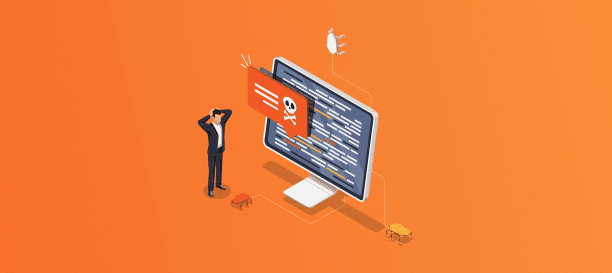
You can lose more in a cyber attack than you can imagine
One of the errors many smaller firms make–and some larger ones–is that they really don’t understand the broad-reaching effects of a cyber attack. If someone breaks into your home and steals a laptop, you may think “ well, insurance will pay for the laptop and the broken lock, let’s move on.” In reality, that usually isn’t the end of the story. It may take you a really long time to feel safe in your home. That’s the same problem that develops when your customer’s data is compromised. They may no longer trust you with their data and find someone else to do business with. The results of a cyberattack are far-reaching. If you think getting your stolen data back or your system back up and running is the end of a cyberattack episode you are wrong! No matter what industry you operate in, there are certain compliance and regulatory requirements that need to be followed. Apart from the obvious damage to immediate business revenue and reputation caused by business interruption and downtime, a data breach has far-reaching consequences on the legal front as well. Many firms never recover. Along the same lines, did you know that there are situations wherein you don’t even have to be the actual target to be the victim of a cybercrime? Sounds crazy, doesn’t it? But it’s true. If you have vendors or subcontractors, with whom you share business data, a data leak at their end could implicate your business as well.
Perhaps the most important element here is ensuring that you, as an organization, understand that cybersecurity responsibility has to begin at the C-level executive office. Like all successful corporate priorities, the initiative and drive has to start at the top. But it cannot end there. It has to be a top-down approach, whereby C-level leaders consider cybersecurity to be a priority. But it is not up to the CEO or CTO alone to ensure its success. Like we’ve said before, all it takes is one click and your entire IT infrastructure can come down like a house of cards. And that one click can come from anywhere. It could be Brenda from accounting who thought the link Sam from finance was sharing had cute dog pictures. What’s worse, it doesn’t even have to happen at work or on one of your computers in the office. With remote work and BYOD becoming the norm, one of your employees using their phone to check or reply to a work email can become an infection source unintendedly. What does this mean? Education at the level of the individual employee is critical to the success of your data hygiene initiatives. Everyone on your team has to have an understanding of the dangers lurking in cyberspace and learning how to identify and avoid cyberthreats such as phishing, clone sites, ransomware, virus and other malware.





